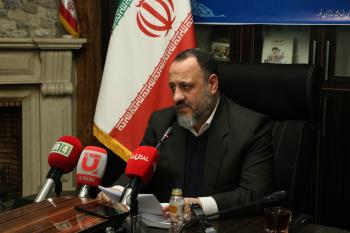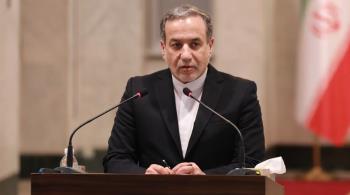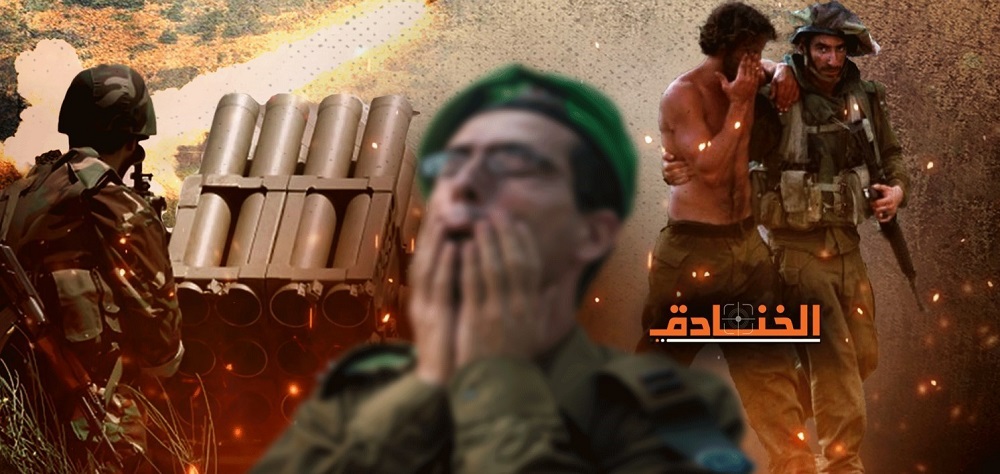Alwaght- Since the start of Operation Al-Aqsa Storm and along with the massive Israeli airstrikes on Gaza, clashes between the Israeli forces and Hezbollah have been ongoing on a daily basis, and according to Aljazeera, with the death of two more Hezbollah fighters in an Israeli bombing on Thursday, the total number of the casualties of the Lebanese resistance movement reached 43 since October 7.
In retaliation to the Israeli bombing, Hezbollah said it Friday targeted Israeli military in the border areas with guided missiles.
Hezbollah released a video showing that it targeted the Israeli army’s communications towers and radar equipment near the border. Also, the sites of Roisat Al Alam and Al Samaqah and Zabdin in the occupied Shabaa Fields, the occupied hills of Kafr Shuba, the military camp of General Miskaf and Abu Dejaj have been attacked by resistance fighters.
Hezbollah also announced targeting of Al-Sadah military site on the border and “destruction of large parts of its facilities and equipment” of the site and inflicting “definite” human casualties on the military basis.
So far, no reports emerged to talk about the number of Israeli casualties, but the Israeli authorities began to evacuate thousands of residents of northern parts of the occupied territories.
There is no doubt that the Israeli army, which adopts strict media censorship policies to block information leakages in emergency situations, has kept the real numbers of its dead hidden, because when the Israeli media or official officials talked about this issue, the videos they published were apparently given military censorship labels.
However, with the northern front remaining limited to minor clashes, some media outlets and figures affiliated with the front opposing the Axis of Resistance interpreted Hezbollah performance and also the meaningful silence of Hezbollah chief Sayyed Hassan Nasrallah who symbolizes the Resistance camp as conservative and driven by the internal Lebanese conditions and also Israeli threats, an interpretation totally biased and disconnected from the field developments.
Hezbollah on the targeted and phased operations mode
First, it should be emphasized that what is happening on the southern Lebanese borders is a full-scale war and Hezbollah is seeking to station military forces and weaken the enemy fortifications and strengthen its foothold to make ground for its next plans. Despite the fact that pursuit of this goal has been accompanied by casualties from Hezbollah due to the tangible technological superiority of the Israeli enemy, Hezbollah commandos have made gains in realizing the set goals, and as it was said, they have managed to deal heavy blows to the defense fortifications of the opposite side.
The destruction of the reconnaissance and radar equipment of the Israeli regime, which is dubbed blinding the enemy eyes, is what Hezbollah has so far done up to 75 percent, and this is what the movement keeps working on.
Second, the casualties of Hezbollah indicate the movement is on an offensive mode. Currently, the nature of the battle and the geographical region, which covers an area of about 5 kilometers, makes the presence of Hezbollah fighters’ closeness to the Israeli positions and defense fortifications necessary, since the Kornet guided missiles with which Hezbollah units are equipped cannot be fired from a long range and they should be placed 3-5 kilometers from the target and the target should be seen with naked eyes. The footages published by the movement show this issue.
It should not be forgotten that due to its fear of Hezbollah operations, Israel evacuated villages near the border to comfortably bomb any suspicious military movement. According to Al-Nashr news website, Israeli forces fly hundreds of reconnaissance and combat drones in the border areas.
So, what is happening is a war at a small scale, which adds to its tactical complications. Hezbollah has so far not used any of its main power instruments, topped by its missile power. The resistance fighters are inching ahead and are concentrated in the area in expectation of enemy tanks, armored vehicles, and troops.
According to evaluations of the Institute for National Security Studies at the University of Tel Aviv, Hezbollah is equipped with highly destructive arms, especially missiles and drones and has a force of 50,000 to 100,000 fighters.
Also the movement’s elite Radwan Unit, a commando force with a battle experience from Syrian war and with about 2,500 fighters or more, is one of the grand fears of the Israeli army.
But from another aspect, Hezbollah’s show of patience concerning a massive offensive on the occupied territories derives from its confidence in Hamas military power to deal with any Israeli adventures represented by ground offensive on Gaza and also confidence in the Israeli incapability to implement a new Nakba, or mass displacement of Palestinians, amid massive Arab and international opposition.
Deciphering a horrific silence
Since the start of Operation Al-Aqsa Storm, Seyyed Hassan Nasrallah, who is known for his fiery speeches and strategy on the battlefield with the Israelis, has not made major speeches, and this silence has caused some to seek to analyze this deliberate silence.
Though this is not the first time Nasrallah chooses silence, this silence at the most expressive time and way certainly bears some goals. In fact, silence is part of the political, media, psychological, and military warfare. This silence comes from awareness and perplexes the enemy, as sometimes making comments just to make comments is of no value.
The silence of the Secretary General of Hezbollah confuses the Israeli leaders who are not confident about the course of the battle, and its sign is the terror and fear the residents of the Israeli settlements near the Lebanese border are living. In other words, what prompted the Israeli army to broaden the border strip to 5 kilometers and demand the evacuation of its residents from Kiryat Shmona settlement is this strategic confusion.
Faisal Abdul Satar, a Lebanese political analyst, suggests that silence confuses the enemy and this is what was obvious in some Israeli circles, especially the behavior of media. A few days ago, the widely-circulated Israeli newspaper Haaretz reported that the “moment Nasrallah appears on screen is the Day of Judgement in Israel.”
Noting that what is happening is by itself a message, Abdul Satar says “those who should get the signal get it. Sayyed Hassan Nasrallah is not a political analyst to pursue the developments moment by moment. In big developments, silence is louder than words, especially that so far the whole world has spoken but not the head of the [Hezbollah] resistance.”
But despite Sayyed Nasrallah’s silence, it should not be forgotten that various high-ranking officials of Hezbollah have taken firm positions voicing Hezbollah’s full support for the Palestinian resistance and non-neutrality in the war, showing Hezbollah’s main policy.
One example is the stance of Hassan Fadlullah, a member of the Loyalty to Resistance parliamentary bloc in the Lebanese parliament. He said that it would be “at the best interest of Lebanon to prevent the enemy from realizing its goals in Gaza.”
Before Fadlullah, Sheikh Naeem Qassem, Hezbollah’s deputy secretary-general, had said that they do what serves the victory of the Resistance camp, the future of the [Lebanese] nation, and liberation of Palestine
“When developments and events that require our intervention occur, we will do so,” he added.
But the strongest message refuting the biased analyses about Sayyed Nasrallah’s silence is the image of his warm meeting with the leaders of Palestinian resistance. The image showed him meeting Islamic Jihad leader Ziyad al-Nakhalah and Hamas deputy chief Saleh al-Arouri.
Hezbollah’s take of the war is fully clear from the Quranic verse hanged on the wall of the room in which Hezbollah chief met al-Nakhalah. The verse concerns a Jewish tribe, Banu Nadir, who broke their vow to Prophet Muhammad and fought his forces not face to face but in cowardly ways. The verse conveys the idea that the Israelis do not dare fighting the Islamic forces face to face, rather, they use fighter jets and drones in an unequal war while hiding behind the walls.



























